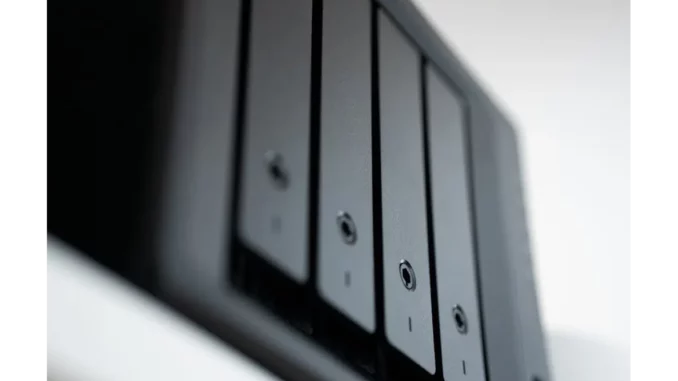
When it comes to choosing hard drives for Network Attached Storage (NAS), the answer from seasoned IT professional Emily Thompson is refreshingly straightforward: “The best is to have lots of big drives!” she declares with a smile, reminiscent of a seasoned explorer revealing a well-trodden map. I had the pleasure of sitting down with Emily, whose extensive experience in IT infrastructure management has made her a go-to expert on the topic of NAS storage solutions.
Emily, who has spent over a decade managing data systems for both small businesses and large enterprises, emphasises the importance of understanding the nuances of hard drive selection for NAS. “The landscape has changed dramatically,” she says, “especially as we’re heading into 2024. We now have hard drives reaching capacities of 24TB and 26TB, with the potential to break the 30TB barrier soon.”
I was keen to understand why larger drives hold the allure they do. Emily explained that the primary advantage lies in their ability to address the growing demand for massive data storage. “With larger drives, you can consolidate your storage needs more efficiently,” she notes. “This is particularly crucial for businesses dealing with large volumes of data, as it reduces the physical footprint and simplifies data management.”
One might wonder if there’s a trade-off with larger drives in terms of noise or power consumption. Emily waves off these concerns with a pragmatic approach, focusing instead on the storage perspective. “Yes, bigger drives might be noisier and consume more power, but the benefits far outweigh these drawbacks,” she asserts. “The capacity and reliability you gain are indispensable, especially with NAS systems designed for continuous operation.”
Emily guides me through the essential considerations when selecting NAS drives. She highlights key terms such as RAID configurations, platter technology, and the significance of cache sizes. “RAID is your safety net,” she explains. “Depending on your needs, RAID 1, 5, or 6 could be your best friend, offering redundancy and peace of mind.”
She also touches on the evolution of platter technology, which now allows for drives with up to 11 platters. “This advancement is what enables us to reach such high capacities,” Emily remarks. “It’s a game-changer for both personal and professional storage solutions.”
As we delve deeper, Emily shares her insights on the types of magnetic recording technologies prevalent in 2024, from Shingled Magnetic Recording (SMR) to Heat Assisted Magnetic Recording (HAMR). “For most NAS applications, Perpendicular Magnetic Recording (PMR) or Conventional Magnetic Recording (CMR) is the sweet spot,” she advises. “They offer a balance of reliability and performance, which is exactly what you want in a NAS environment.”
Emily’s recommendations aren’t limited to just the technical aspects. She underscores the importance of considering warranty length and terabytes written (TBW) ratings. “A good warranty is a manufacturer’s vote of confidence in their product,” she says. “And the TBW rating gives you an idea of how much data the drive can handle annually. It’s a critical metric for ensuring longevity and reliability.”
Our conversation wraps up with Emily’s personal mantra: “Plan for today, but prepare for tomorrow.” In the world of NAS storage, this means opting for drives that not only meet current needs but also anticipate future growth. As capacities continue to expand and the demand for data storage grows, having “lots of big drives” is a strategy that offers both flexibility and foresight.
In a rapidly evolving landscape, Emily’s expertise and straightforward advice offer a beacon of clarity. For anyone embarking on the journey of selecting NAS hard drives, her insights serve as a valuable guide, ensuring that your data storage solutions are as robust and reliable as they are expansive.
Chuck Derricks

